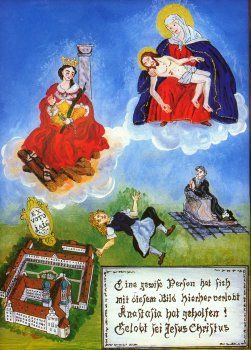FUNCTIONS OF THE COORDINATING NURSE OF LIVER TRANSPLANT
Abstract
This article deals with the functions of the nurse with regard to the coordination, follow-up and valuation of the patients who had undergone a Liver Transplant from the experiences and point of view of the author. Considering that Liver Transplant is a dynamic process which requires the combined task of many professionals and which has evolved with time, the nurse, as an active part of it, has followed this evolution and has a methodology to it, which is placed in a pattern of cares that will allow her to pay attention to each patient. In this context, nursing practice develops through a group of skills: Knowledges, Abilities and Attitudes which must be developed in order to achieve the grade of excellence that we all aspire to. The coordinating nurse at each of her functions: assistance, teaching, investigation, and management is the link between the patient, his family, and the rest of the team. Her labour will always be supported by the collaboration of the rest of the professionals who participate in this common action that is the integral care of the person who is going to undergo a Liver Transplant at each of the phases of the process: evaluation, waiting-list, transplant, and follow-up, and the different levels of attention: at the consulting room, as an out-patient and at the hospital, from his own individuality and considering environment.Downloads
-
Abstract1621
-
PDF (Español (España))1152
The works published in this magazine are subject to the following terms:
1. The Publications Service of the University of Murcia (the publisher) preserves the copyright of the published works, and encourages and allows the reuse of the works under the license for use stated in point 2.
© Servicio de Publicaciones, Universidad de Murcia, 2011 (© Publications Service, University of Murcia, 2011)
2. The works are published in the electronic edition of the journal under Creative Commons Reconocimiento-NoComercial-SinObraDerivada 3.0 España(texto legal) “ a Attribution-NonCommercial-NoDerivatives 3.0 Spain license (legal text)”. They can be copied, used, broadcasted, transmitted and publicly displayed, provided that: i) the authorship and original source of their publication (journal, publisher and URL) are cited; (ii) are not used for commercial purposes; iii) the existence and specifications of this license is mentioned.
3. Conditions of self-archiving. Authors are allowed and encouraged to electronically disseminate the pre-print (pre-reviewed ) and / or post-print (reviewed and accepted for publication) versions of their works prior to publication, as it ensures a wider circulation and dissemination which may lead to a possible increase in its mention and a higher scope among the academic community. RoMEO color: green.













